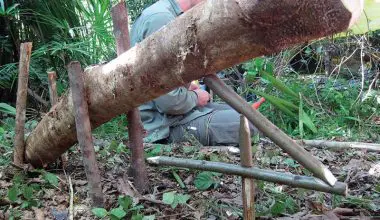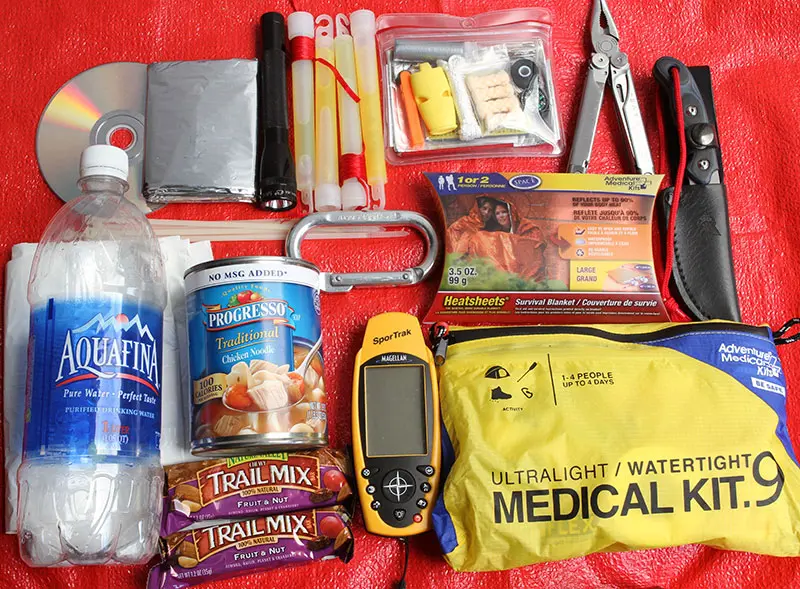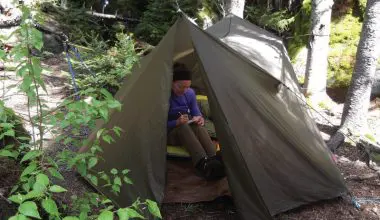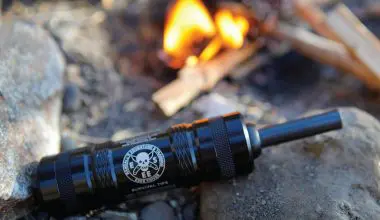
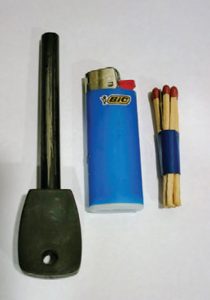
Writing for S.W.A.T. Magazine, I’ve had the opportunity to try out many pre-packaged survival kits. Most of them feature items that won’t help you survive, but rather add bulk and waste valuable space. This does make the end user feel he is getting more for his money, but in reality more unnecessary gear is less.
For camping, backpacking or a longterm outdoor excursion, more gear is needed to meet the demands of day-today bush living. But an emergency situation is rarely the long-term affair depicted in movies and TV shows, where the character grows a beard and makes himself one with nature. Survival—real survival—is usually short term.
Kit priorities for a survival situation should be simple and included for a reason, not because they were free or cheap. The items I believe will aid in immediate survival situations are: compass (general direction), signaling mirror and whistle, fire starters (ferrocerium rod, lighter, matches), water procurement (purifying tablets, water container), and space blanket (shelter and signaling).
Here are some items I feel are not crucial in a life-and-death survival situation.

Table of Contents
FLASHLIGHT
In an industry as vast as the knife and gun communities, flashlights are highly advertised and sought-after tools. A friend says he prefers collecting flashlights over knives. For years I didn’t carry a flashlight in the woods. I would hike during the day and make camp before it got dark. I wasn’t night hiking and I’m not afraid of the boogeyman.
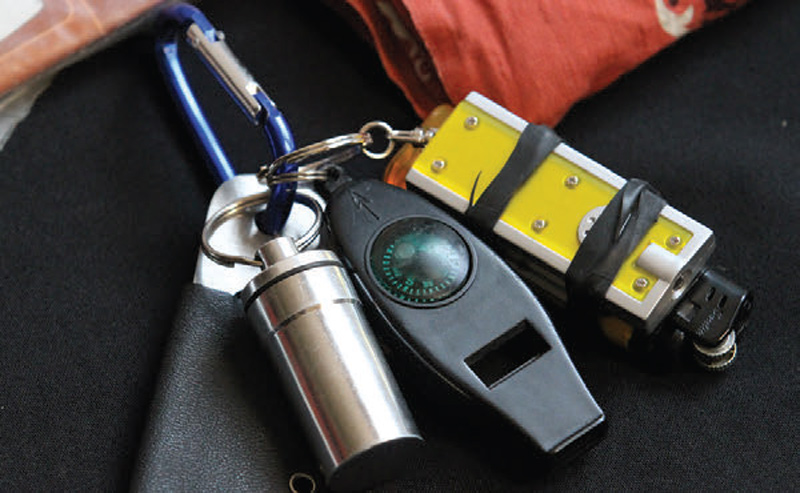
When I did use a light, it was a small, inexpensive click light that I used to light a path about 20 to 30 meters away from my camp when nature called. The amount of light put out by a campfire is more than sufficient for camp tasks as well as providing all the warmth and good will one can only feel in the outdoors by having a campfire. A flashlight may be good for morale, but no more than a campfire. About 99% of the woodsmen I know believe there is no better morale builder than a campfire.

CANDY
I have seen this—usually hard candy— in kits of the sardine-can variety with a seal that must be broken to access the contents. Often just one piece is provided. This is hardly a survival item, but more of a booster. Gum, tea packs, and flavored bouillon cubes are other examples of space wasters. They will do almost nothing for a person in a survival situation.
BAND-AIDS
Band-Aids have their place in a home, office or car first-aid kit. But once sweat, dirt and moisture are imminent, no Band-Aid will stay on in the outdoors. The small size of a Band-Aid is an indication of how small the injury is in the first place, and the cut is most likely not life threatening.
Short of an arterial bleed, there aren’t too many cuts that can’t be dealt with by applying firm, direct pressure. A bandana or any clothing can be used to apply direct pressure, which is more than a Band-Aid can do. Duct tape also works better than a Band-Aid any day.

FISHING KIT
Worry, fear, anxiety, and sleep deprivation often replace hunger. Fishing may be a good activity to keep someone busy and help clear his mind a little. But I grew up in the Southwest and rarely found water sources more than a mud puddle or trickle. If you frequent desert country, a fishing kit is pretty worthless.
If I did add something for food procurement, it would most likely be wire for snaring animals. Even so, food is the last of the survival priorities.
PAPER AND PENCIL
Both are combustible items but a far cry from being survival necessities. If making a fire is possible, then charcoal can be used to write on rocks and trees. Sharpened sticks are excellent for writing in mud and wet earth near a water source. With a little creativity, branches, rocks, sticks, pinecones, and garbage can all be used to make signals and messages for possible rescuers and hikers.
CANDLE
A popular item in a survival kit is a candle. Candle wax has many uses, including waterproofing matches and as a lubricant in bow and drill friction fire making.
But a candle requires a flame in order to be lit in the first place, so if a fire source already exists (say from a campfire), a candle is redundant. Even a small campfire will offer more light than a small candle, plus it does many more things than a candle.

THERMOMETER
Even the smallest keychain or buttonstyle thermometers take up too much room in a survival kit. I like to know the temperature when I’m outdoors in extreme heat or cold, but that knowledge isn’t going to keep me alive. I have a thermometer attached to my whistle already and use it purely out of curiosity, but it is not a survival kit priority.
MISCELLANEOUS
Never in my life have I stumbled upon a can of food in the desert, jungle, mountains, or at sea. Survival kits sometimes come with a P-38 military-style can opener. This is more of a camping implement than a survival item.
Sewing kits have been a constant in most survival kits and recommended for making your own survival kit. Sewing up a tear in clothing won’t save your life, yet a sewing kit can take up a lot of room. A sewing kit may be good to have for a long-term stay in the wilderness, but as far as bare-bones survival goes, I’ll deal with a torn shirt.
SUMMARY
If you want something in your kit, put it in. There are no rules in that regard. But consider each item’s real usefulness for both long- and short-term use in a survival situation. It is better to have fewer big items that work than to have 50 small items that add clutter and are hard to retrieve without snagging and losing them. Consider multi-use items as much as possible.
If it doesn’t keep you hydrated, warm or dry, and doesn’t signal for help, it isn’t necessary for survival!

